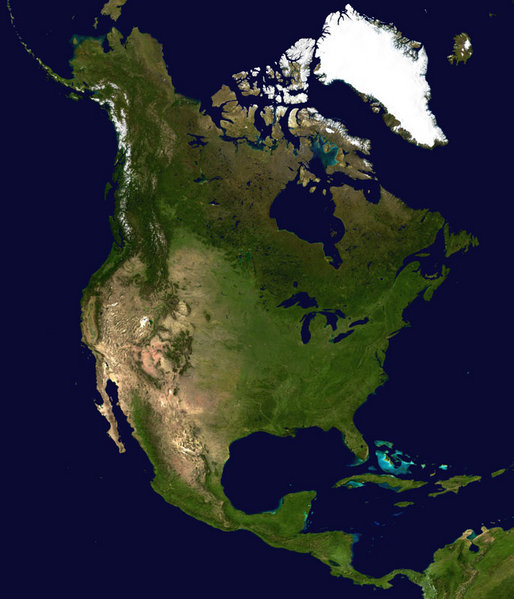 The Committee on Publication Ethics (COPE) North American Seminar was held in Philadelphia, Pennsylvania, USA this August with a record breaking attendance from across the region of 81 delegates, including myself representing BioMed Central. The focus of the seminar was new technologies and behaviors for identifying publication ethics issues and those present were fortunate to be involved in an engaging and informative program covering a wide breadth of topics including persistent identifiers in the authoring process, linked content, open access and copyright, and a panel discussion on the use of plagiarism checking software and its effectiveness in identifying misconduct.
The Committee on Publication Ethics (COPE) North American Seminar was held in Philadelphia, Pennsylvania, USA this August with a record breaking attendance from across the region of 81 delegates, including myself representing BioMed Central. The focus of the seminar was new technologies and behaviors for identifying publication ethics issues and those present were fortunate to be involved in an engaging and informative program covering a wide breadth of topics including persistent identifiers in the authoring process, linked content, open access and copyright, and a panel discussion on the use of plagiarism checking software and its effectiveness in identifying misconduct.
Publication ethics are vitally important to editors and the scientific community as they are the foundation for the integrity of the published literature. The COPE seminar provided a supportive and collaborative forum for representatives from fields as diverse as dance, engineering and chemical physics to name but a few. I personally found the seminar to be an enlightening and exciting opportunity to share experiences and put forward questions and concerns regarding plagiarism and other publication ethics issues.

The audience was certainly captivated by the speakers and proceedings got underway with an excellent presentation from Laurel L Haak, the Executive Director of ORCID, an international non-profit organization. ORCID has the objective of providing a registry of unique research identifiers and a transparent method of linking research activities to these identifiers. Their spokesperson on the day started with a quick survey of the audience’s participation and compliance in reporting researchers identifiers in their publications. This was promptly followed by a plea for the research community to adopt and embrace unique and persistent identifiers to reduce ambiguity and promote identity in the peer review process and beyond.
Michael W Carroll from Creative Commons took up the torch next and shared his perspectives on mobile platforms, linked content and copyright. He stressed that copyright only attaches to ‘works of authorship’ which fall under the umbrella of original expressions of ideas and facts whilst the facts and ideas themselves remain free to copy. He discussed what copyright law provides for authors in terms of their power to control the distribution and dissemination of their research and pressed home that linking is generally not covered by copyright. Are you aware that there are over 500 million Creative Commons-licensed works published on the web? You can read more about this and other Creative Commons milestones here.
Mark Seely from Elsevier followed up with an insightful presentation on open access models and copyright. BioMed Central was included in his presentation as one of the early instigators of open access publications, well before funding agencies had expressed their support of open access publishing he noted. The key take home message from the talk was that journal user licenses must be clear and concise and you can read more about the various Scientific Technical and Medical (STM) open access models here. These definitions have stirred controversy amongst publishers and funders as to whether to commit to Creative Commons licenses as described here.
One of the many highlights of the day was a panel discussion on the use of plagiarism checking software with representatives from different disciplines debating how routinely they perform checks on manuscripts as part of their assessment of new submissions and the process they follow should potential overlap in content be detected. Amongst the informative discussions, the majority of delegates indicated that despite any degree of assessment and analysis by software, a human judgment is always required to determine the nature and extent of overlap and the implications for the integrity of the scientific record. This session was followed by breakout workshops where specific cases were deliberated over and this culminated in the concluding remarks from COPE council member Charon Pierson about how editors share information about misconduct. Dr Pierson championed the collaborative nature of the field of publishing, the availability of supporting guidelines, and circulated COPE’s new discussion document on the sharing of information among editors-in-chief regarding possible misconduct.
The COPE North American seminar was a great opportunity for representatives from BioMed Central to interact and share our experiences with other editors from across the continent and ensure that we are at the forefront of developments in technology and behaviors for identifying publication ethics issues. We would like to thank all of the speakers and participants for their insights and we look forward to seeing you all at the next meeting. Thankfully, if you were unable to attend the seminar all of the presentations from the day and further details are available on the COPE website for interested parties to explore.
Comments